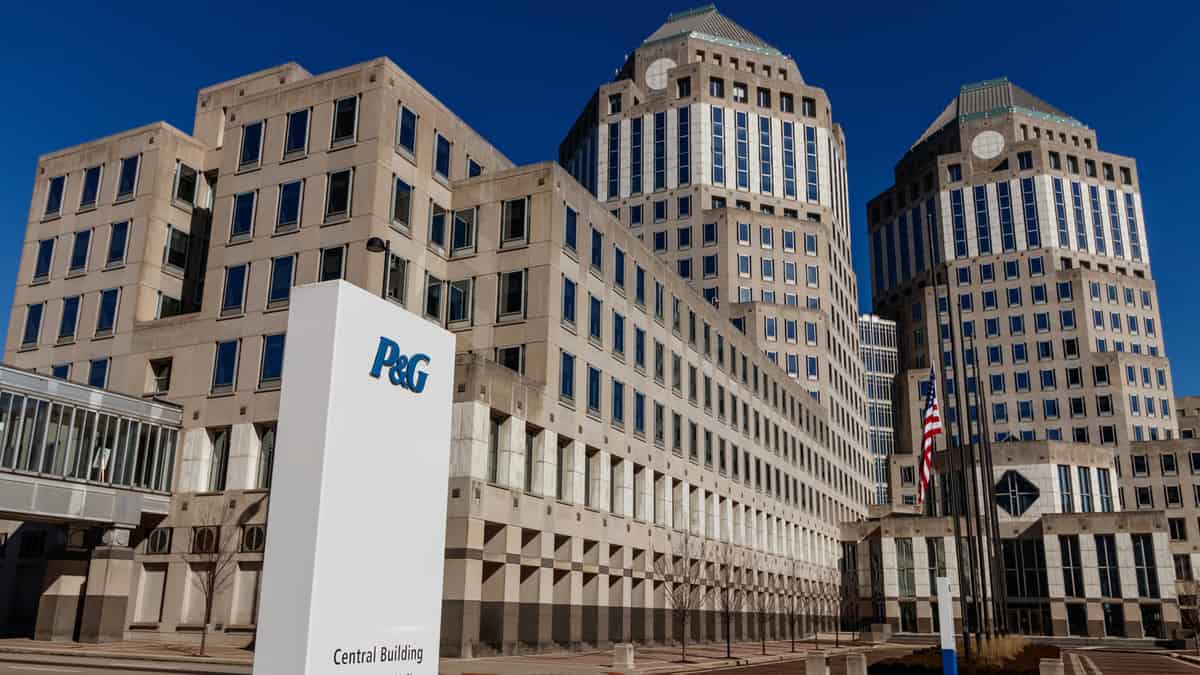Procter & Gamble (NYSE: PG) released its fiscal year 2020 second-quarter results ahead of the opening bell on Thursday.
The Cincinnati-based consumer products giant reported $18.2 billion in quarterly sales, a 5% increase over the previous year but short of the $18.4 billion consensus compiled by analysts who follow the company.
P&G saw organic sales increases of 7% for the quarter in the beauty category (Olay and Pantene) and the health unit (Vicks and Crest).
For the most recent quarter that ended Dec. 31, organic sales rose 4% in the United States and 13% in Greater China – P&G’s two biggest markets.
“The one area that’s under a little bit of pressure from a category standpoint is baby care,” Jon Moeller, P&G’s chief financial officer and chief operating officer, said during a conference call with reporters on Thursday.
Moeller said declines in China’s birth rate are affecting P&G’s bottom line. In addition, the U.S. birth rate fell to a 32-year low in 2018, according to the Centers for Disease Control and Prevention.
“Birth rates in China have gone from about 15 million a year down to 10 million a year, which has had a significant impact,” Moeller said. “If there are negative developments in any part of the world, it does create challenges.”
P&G’s sales results in Japan, the company’s third-largest market, caused nearly a half-point drag on total company organic sales growth due to timing of VAT changes that went into effect Oct. 1.
“We face market-level challenges in an increasing number of markets – India, the U.K., Australia, Turkey, Iraq, Nigeria, Kenya, Lebanon, Argentina, Chile, Mexico and the Hong Kong markets. Through all this, we grew organic sales 5% on the quarter and 6% over the first half,” Moeller said.
Moeller said the company now expects organic sales to increase 4 to 5% for the fiscal year that ends in June.
The estimate was based on “strong top-line progress, building market share, strong operating earnings growth, building margins – behind an integrated strategy that’s working and we will continue to execute,” Moeller said.
In 2012, P&G outlined a plan to cut costs by $10 billion, including reducing its supply chain by $4.5 million in raw materials, costs of labor, transportation and energy consumption. The cost-cutting program ended in 2016.
During Thursday’s conference call, Moeller was asked if there was another $10 billion restructuring program coming soon.
Moeller responded by saying P&G is in the middle of a product supply chain transformation across markets and geographies.
“I just attended, along with David Taylor (president and CEO of P&G), reviews of our product supply innovation program last week, and they’re big opportunities relative to robotics, relative to a tighter sequencing of the entire supply chain from demand signals all the way back to delivery,” Moeller said.











